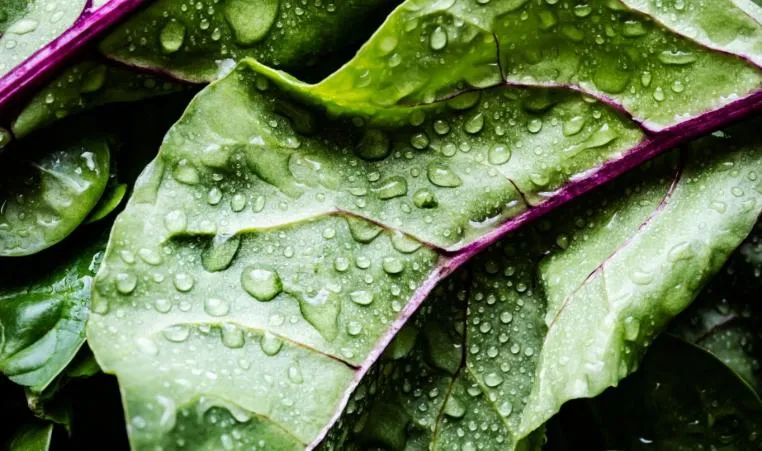
The Inner Workings of the Gut: Prebiotics
Gut health - we often hear this in today’s world. But what exactly does it mean, and why is it important? Basically, “the gut” is where most of our food is digested. The food we eat turns into energy for our bodies to do amazing things, all thanks to the help of our wonderful, yet very complex, gut microbiome.
Tons of living bacteria make up our microbiome, some are welcome and others are not. As we age, these bacteria have a HUGE influence on our immune system, muscle heath, and brain function. What we eat directly affects the health of our gut bacteria and the effect they have on our bodies. Our bacteria change constantly, and are mainly affected by diet and lifestyle.
So, what does this mean for diet? Prebiotics and probiotics are both keys to a healthy gut. Today, we will be focusing on prebiotics, a fibrous indigestible portion of many plant based foods that feed our good bacteria. Basically, if we imagine our gut as a garden, prebiotics are the soil and probiotics are the seeds. Not all fiber is considered a prebiotic, so it is important to include a variety of nuts, seeds, grains, fruits, and vegetables for the most benefits.
One of the benefits of prebiotics is that they help make short chain fatty acids (SCFA), which are key to a healthy and strong gut. SCFAs can lower inflammation, cholesterol, and blood sugar. The outcome? Reduced risk of cardiovascular disease, diabetes, and colon cancer.
Now that we know why prebiotics are so important, the question is: how can each of us find ways to include prebiotic foods on a daily basis? Let’s look at foods!
Resistant starch has been found to be one of the most beneficial forms of prebiotics. My favorite options for resistant starch are cooked and cooled pasta, rice, beans, potatoes, and oats. (The cooling process is the key to bring the resistant starch to its max potential.) A great example is cooking pasta for a chilled pasta salad - add onions and cherry tomatoes for an extra prebiotic punch. Don’t like cold food? Feel free to reheat them and still get the benefits!
A breakfast option could be cooking a batch of oats to store in the fridge. Reheat the next day and add some berries, a banana, and/or sliced apples for more prebiotic foods. Apples are high in pectin, another important prebiotic. The saying “an apple a day keeps the doctor away” is true when it comes to gut health!
Other prebiotic foods include:
- Carrots
- Peas
- Green beans
- Lemon/lime zest
- Garlic
- Asparagus
- Artichokes
- Flax seed
- Green veggies
- Wheat
If these foods are not current staples of your diet, remember, go slow, and drink plenty of water. Too much too fast can overwhelm the body. Consult with your doctor if you have any concerns with your gut health before increasing these foods in your diet.
Look for the next blog post about foods with probiotics, living bacteria that will feed off of the prebiotics.
References:
https://www.frontiersin.org/articles/10.3389/fimmu.2019.00277/full
https://www.ncbi.nlm.nih.gov/pmc/articles/PMC3705355/
https://insight.microba.com/blog/your-gut-bacterias-superpower-butyrate/
https://journals.physiology.org/doi/full/10.1152/advan.00103.2009
https://hopkinsdiabetesinfo.org/what-is-resistant-starch/
